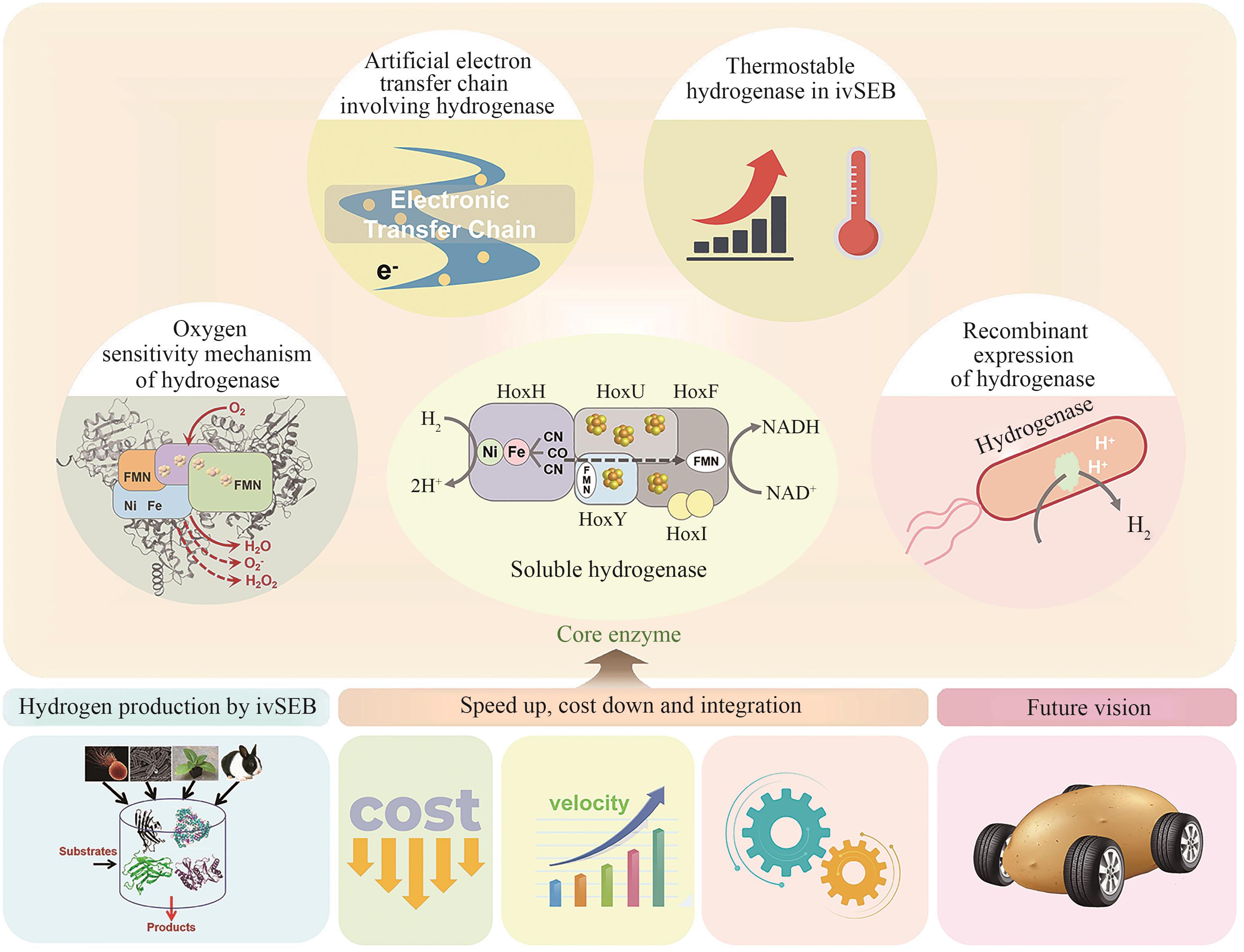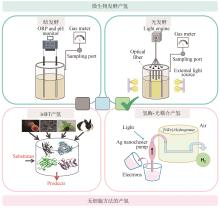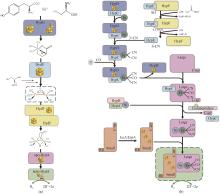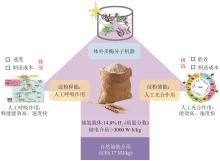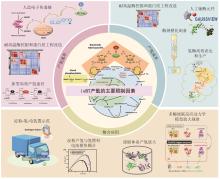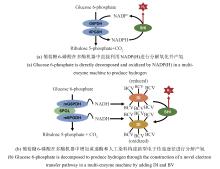|
||
|
Studies on hydrogenases for hydrogen production using in vitro synthetic enzymatic biosystems
Synthetic Biology Journal
2024, 5 (6):
1461-1484.
DOI: 10.12211/2096-8280.2024-052
Hydrogenases are the most important enzymes in biological hydrogen production and hydrogen energy utilization. They are widely distributed, oxygen-sensitive, multiunit complexed metal enzymes. In vitro synthetic enzymatic biosystems (ivSEB) is a type of in vitro biotransformation (ivBT) technology, which is an emerging biomanufacturing powerhouse that combines microbial fermentation with enzymatic biocatalysis, allowing for novel and efficient hydrogen production, also breaking the Thauer limit and achieving a yield of hydrogen close to the theoretical value of chemistry (1 mole of glucose to produce 12 moles of hydrogen in maximum). It represents the future direction of biological hydrogen production. However, the recombinant expression of hydrogenase is the main bottleneck limiting the wide application of ivSEB for hydrogen production technology. Hydrogenases are widely distributed in all life domains, but are oxygen-sensitive and mostly consist of metalloproteins with multi-subunits, bearing [Fe] only, [NiFe] or [FeFe] dinuclear core in their catalytic center. Oxygen not only inhibits the activity of hydrogenase, but also affects the transcription of the enzyme-encoding gene and post-translational process of the enzymes. As a result, the levels of recombinant hydrogenase are usually low and the enzymatic activities are also incomparable to the native enzymes, often leading to high production costs due to the strict anaerobic purification procedures. In order to meet the requirements of industrial hydrogen production, hydrogenases must possess excellent catalytic properties, such as a high catalytic turnover number, great thermal stability, and the ability to tolerate trace amounts of oxygen. This review summarizes the studies on the structural and catalytic characterizations of hydrogenases, including their classification, oxygen resistance mechanisms, and progress in recombinant expression. Additionally, the evolution of natural electron transfer chains and the design of artificial routes, which can improve hydrogen production efficiency and reduce costs, are briefly discussed. The review also discussed the progress in the studies on the mechanisms of hydrogenases’ tolerance toward oxygen, the strategies for microbial expression of recombinant hydrogenases as well as the optimization of the artificial electron transfer chains adapted for the production of hydrogen using ivSEB, in expectations of promoting the applications of hydrogenases involved ivSEB, from renewable energy storage, anaerobic artificial respiration, to clean hydrogenation or dehydrogenation in biocatalysis. 
Fig. 6
The application of artificial electron coenzyme to improve the efficiency of electron transport in ivSEB system for hydrogen production
(The impact of different artificial electron transfer pathways on the synthesis) G6PDH—Glucose 6-phosphate dehydrogenase; 6PGDH—6-phosphogluconate dehydrogenase; DI—diaphorase; SHⅠ—soluble hydrogenaseⅠ; BCV—the coupled benzyl viologen
Extracts from the Article
氢酶常用的电子辅酶除NAD+及NADP+外,还包括铁氧还蛋白(ferredoxin)和细胞色素C3等[167]。近年来,对氧不敏感的小分子人工染料类电子中介体被成功用于氢酶介导的体外生物合成反应中。早期,这类染料,如甲基紫精(methyl viologen,MV)或蓝紫精(benzyl viologen,BV)可用于替代NAD+/NADP+,进行氢酶酶活的测定,而且,使用MV或BV测得的氢酶酶活会显著高于使用NAD+/NADP+时的活性[168],差距通常在一个数量级以上。因此,利用MV或BV构建氢酶的电子传递链往往能够大幅提升体外合成反应链的催化效率,如图6所示,Kim等[29]引入偶联的BV(BCV)以及可以进行BV和NAD+转换的黄递酶[比较图6(a)及图6(b)],进一步还可将NAD+分子偶联至葡萄糖-6-磷酸脱氢酶上,可将葡萄糖产氢的速率提升10倍以上[图6(c)],同时辅酶TTNw值可提高1个数量级以上[图6(d)]。另外,MV或BV类的小分子人工染料价格低廉,热稳定性强,使用周期长。因此,若能进一步针对底物的氧化还原酶进行人工染料的适配,必将会进一步优化人工体外生物合成体系的构成并降低体外产氢体系中元件的使用成本,同时大幅提升氢酶介导的生物合成效率。
Other Images/Table from this Article
|
